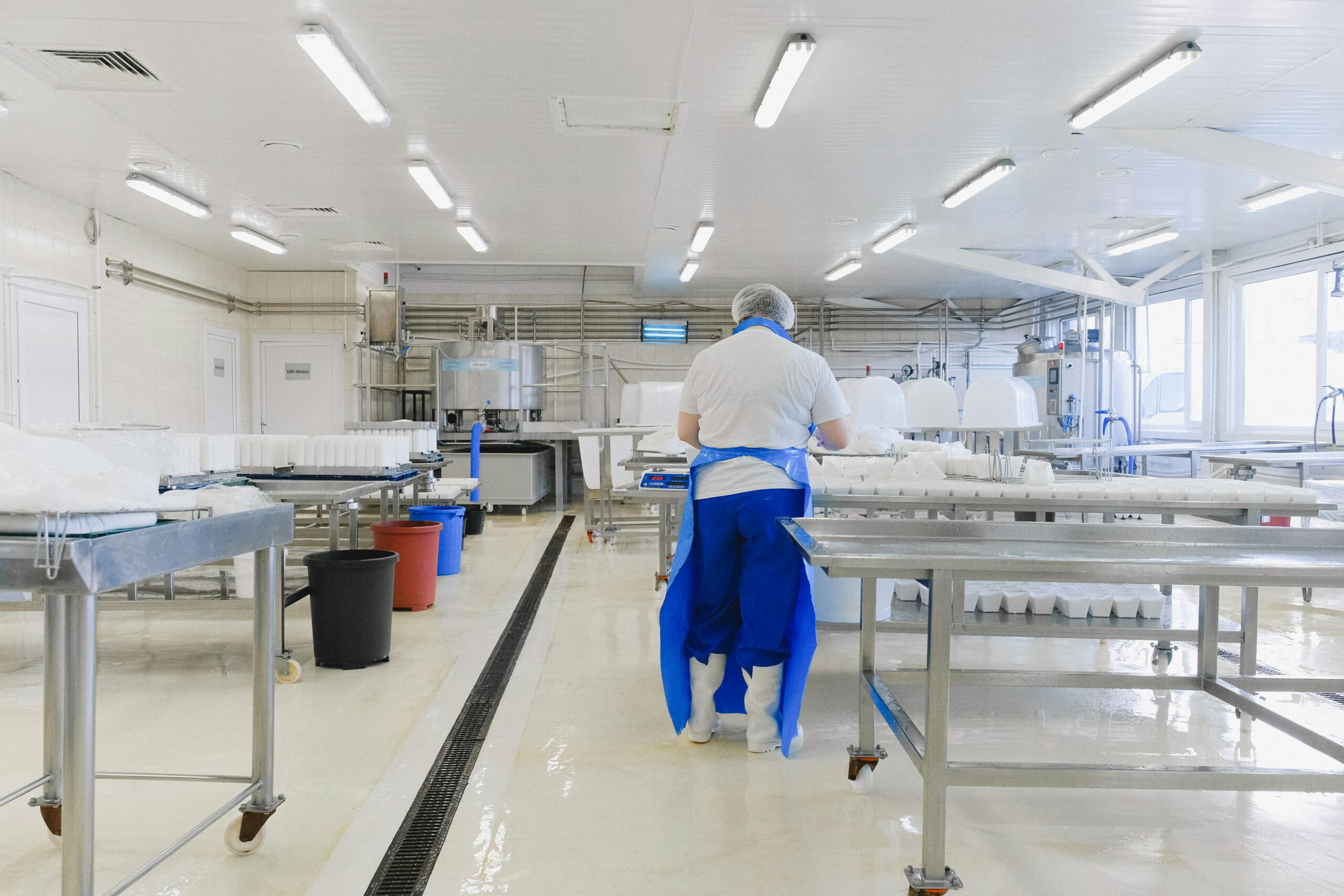Filtration is an important aspect of industries like sugar production, food processing, and agriculture. Removing impurities efficiently improves product quality and meets industry standards. Choosing the right filter aid helps maintain smooth operations. Among the most commonly used filter aids are diatomaceous earth (DE), perlite, and cellulose. Each has unique properties, but selecting the best option depends on your specific needs.
Let’s compare diatomaceous earth with other filter aids to help you make an informed decision.
Diatomaceous Earth as a Filter Aid
Diatomaceous earth is a naturally occurring material made from fossilized remains of diatoms, a type of algae. It is widely used in filtration because of its high porosity and ability to capture fine particles. When used as a filter aid, DE forms a porous layer that traps impurities while allowing liquids to pass through.
Industries such as sugar production, food processing, and water treatment rely on DE for its efficiency, consistency, and cost-effectiveness. It is particularly effective in applications requiring high clarity and low residue levels.
Comparing Diatomaceous Earth with Perlite
Perlite is another commonly used filter aid, made from volcanic glass that expands when heated. Like DE, it creates a porous layer that captures impurities, but there are some key differences.
Perlite is lighter than DE, which can reduce the overall weight of filter cakes. However, it has a lower permeability, which means slower filtration rates in certain applications. While perlite can be an alternative in some food processing and sugar refining applications, it may not always provide the same level of clarity as DE.
For industries that require precise filtration, such as sugar and beverage production, DE remains the preferred choice due to its superior particle retention and efficiency.
Diatomaceous Earth vs. Cellulose in Filtration
Cellulose-based filter aids are derived from plant fibers. They are often used in applications that require biodegradable materials. While cellulose is effective in some cases, it does not offer the same filtration precision as DE.
One of the challenges is that it tends to compress under pressure, which can reduce flow rates and require more frequent cleaning or replacement. This makes it less suitable for high-volume filtration processes such as sugar cane processing and food production.
While cellulose may work in some agricultural applications, it cannot match the fine filtration capabilities of DE, especially when dealing with microscopic impurities.
Why Diatomaceous Earth Is the Preferred Filter Aid
Diatomaceous earth remains the top choice for many industries because of its efficiency, reliability, and versatility. It offers consistent filtration rates, captures fine particles, and maintains clarity in liquids. This makes it ideal for:
- Sugar refining, where high purity and clarity are essential.
- Food and beverage processing, where removing unwanted particles is important.
- Agricultural applications, where clean water is needed for crop growth and processing.
Compared to perlite and cellulose, DE provides a better balance between flow rate, particle retention, and overall cost-effectiveness. While other filter aids have their place in specific applications, DE remains the go-to solution for industries that need high-quality filtration with minimal waste.
For over 40 years, we at Qemi International Inc.have been a trusted leader in specialty chemicals and water-soluble polymers, delivering high-performance filtration solutions for sugar producers, food processors, and agricultural industries. Our premium-grade Diatomaceous Earth filter aids efficient impurity removal, improved process clarity, and cost-effective operations. Contact ustoday to learn more.

